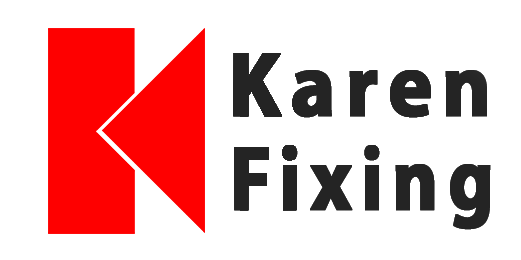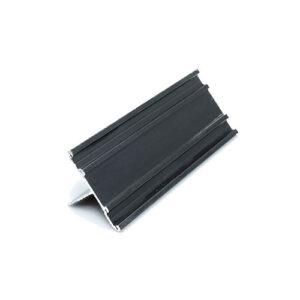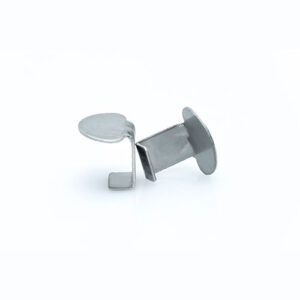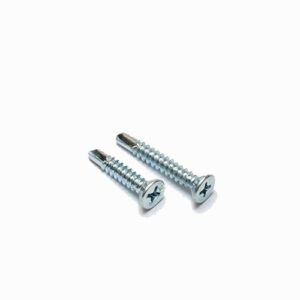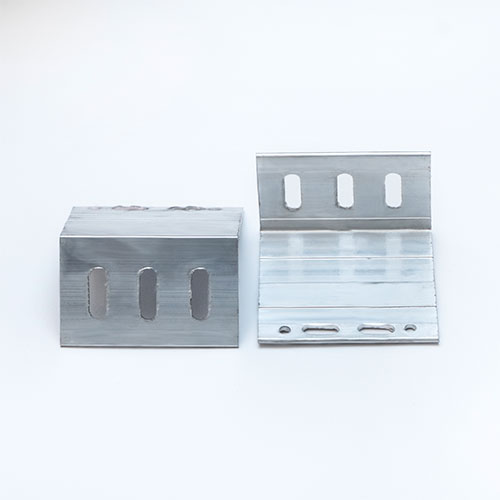Turkish Clip Visible System
In this method, the aluminum substructure is done vertically on the structure, then the stainless steel clips are installed and placed on the aluminum substructure, and in the last step, the panels are placed in the anchoring place by the stainless steel clips.
Clip System Products
To view the products, click on the relevant category.
Clip system features
Ability to run the panel in rotating mode
High speed in installation
The ability to repair and replace the facade panel
easy and cheap maintenance
Resistance to weather conditions.
Dry facade system using Turkish Clip method (Visible)
This method is one of the clip methods that was implemented early in Turkey and is about ten years old in Iran, and it is a relatively optimal method due to the cheapness of parts. Although technically, it is less preferable than the similar methods of Klipsi (Fauton and Massa).
In the ceramic clip (exposed) installation method, no grooves or holes are created in the ceramic body. This method is the simplest method in terms of implementation and despite its practicality, it is also the cheapest and lightest method. In this method, the connecting clips are made of steel and are visible.
First, a structure which is mainly an iron can (for example, an 8×4 can) is created on the facade and connected to the roofs. In the visible dry installation method, there is only one type of vertical profile called Runner, which has a sliding state and the ceramic holding clips are placed in it and the other edge of the ceramic clip is kept in place. The runners, which are T-shaped, are connected to the peripheral structure made of iron cans by brackets, which are L-shaped connections (the runners are made of aluminum and all the clips are made of steel).
At the beginning of the installation, the vertical runners are installed on the iron structure created in the peripheral part of the building, and the primary clip is screwed to the runners on all the runners in an initial level, and the upper clip is fixed in place with the help of a spring and holds the ceramic from above. has it. During all installation steps, the lower clips of the ceramics are screwed in place and the upper clips are fixed in place with shock absorbers.
In the overview of this system, we see clips, which is why this method is one of the visible methods. Like other methods of dry facade system, in this system, reinforcement materials such as glue and mesh are also used.
